When the vibrant colours of fall take over, it’s the perfect season to head outdoors for a camping adventure. But with autumn’s beauty comes unpredictable weather conditions, making it essential to pack the right gear. Among the most versatile and practical tools for any camper, camping tarps and shelters stand out as indispensable. Whether you’re a seasoned backpacker or a casual hiker, incorporating tarps into your camping setup can transform your experience.
This blog dives deep into why tarps are a must-have for fall camping trips, exploring their versatility, benefits, and various uses while helping you choose the best tarp for your needs.
1. What Makes Camping Tarps and Shelters So Essential?
A Lightweight and Portable Option
For fall camping, lightweight tarps and ultralight tarps are game-changers. They are significantly lighter and more compact than traditional tents, making them ideal for backpacking trips. A quality backpacking tarp can fold down to the size of a small book, allowing hikers to save space in their packs.
Example: A high-quality hiking tarp weighs as little as 1 pound, making it an excellent choice for those trekking through rugged terrain.
Versatility in Use
The adaptability of camping tarpaulins is unmatched. Tarps can be set up in various configurations depending on the terrain, weather conditions, and your preferences. Use them as:
Overhead shelters to block rain or falling leaves.
Ground tarps to protect your gear from damp or rough surfaces.
Windbreakers when pitched at an angle.
Protection from the Elements
A waterproof tarp is a lifesaver during sudden autumn rains. Unlike traditional tents that can get soaked if not properly sealed, tarps provide excellent rain and wind protection when pitched correctly. Their material repels water, keeping you and your gear dry even during heavy downpours.
2. The Benefits of Camping with a Tarp
1. Increased Flexibility
Unlike tents that require flat surfaces for setup, tarps can be pitched in various terrains, including uneven ground, between trees, or over rocky surfaces. This flexibility is invaluable for fall campers navigating diverse landscapes.
2. Connection with Nature
Camping with a tarp allows for a more immersive outdoor experience. The open design lets you enjoy the sounds of rustling leaves, chirping birds, and crisp autumn air, unlike tents that isolate you from your surroundings.
3. Cost-Effectiveness
Tarps are generally more affordable than tents, making them an excellent choice for budget-conscious campers. A best camping tarp can provide excellent protection and durability at a fraction of the cost of a traditional tent.
3. Choosing the Right Tarp for Fall Camping
With various options available, selecting the best tarp for your needs can feel overwhelming. Here are some factors to consider:
Material
Polyethylene Tarps: Durable and waterproof, ideal for heavy rain.
Silnylon Tarps: Lightweight and packable, perfect for backpacking.
Canvas Tarps: Canvas tarps are Heavy-duty and breathable, suitable for long-term setups.
Size and Weight
The size of your tarp will depend on your camping group and intended use.
Solo campers: A lightweight camping tarp measuring 6×8 feet is sufficient.
Group camping: Opt for larger options like 10×12 feet tarps to create a communal shelter.
Waterproofing
Ensure your tarp is waterproof and seam-sealed to withstand unexpected rainstorms during the fall season.
Custom Options
For those seeking tailored solutions, custom tents and tarps provide flexibility in design and size, ensuring they meet your specific needs.
4. Essential Tarp Uses for Fall Camping
1. Shelter from Rain
Pitch your tarp as an A-frame or lean-to shelter to protect yourself and your gear from sudden rain showers. Camping waterproof tarpaulins are particularly effective in creating a rainproof canopy.
2. Ground Protection
Using a ground tarp beneath your sleeping bag or tent prevents moisture and dirt from seeping through, keeping you dry and comfortable.
3. Cooking Area
A well-pitched tarp can serve as a designated cooking space, shielding you from wind and rain while preparing meals.
4. Gear Storage
Tarps can also act as a protective cover for your backpacks, food supplies, and equipment, ensuring they stay dry and accessible.
5. Comparing Tarp Sizes and Uses
| Tarp Size | Best Use | Ideal Features |
| 6×8 ft | Solo camping shelters, ground tarps | Lightweight, waterproof |
| 8×10 ft | Two-person shelters, cooking areas | Versatile, wind-resistant |
| 10×12 ft | Group camping shelters, communal spaces | Durable, customizable |
| 12×16 ft | Rain protection for large areas | Heavy-duty, reinforced grommets |
6. Tips for Using Tarps Effectively
Learn Basic Pitching Techniques
Familiarize yourself with configurations like A-frame, lean-to, and diamond fly.
Carry Additional Gear
Bring ropes, stakes, and poles to secure your tarp in various setups.
Ensure Proper Drainage
Pitch your tarp at an angle to allow water to run off instead of pooling.
Use Reinforced Grommets
Look for tarps with reinforced edges and grommets to prevent tearing during strong winds.
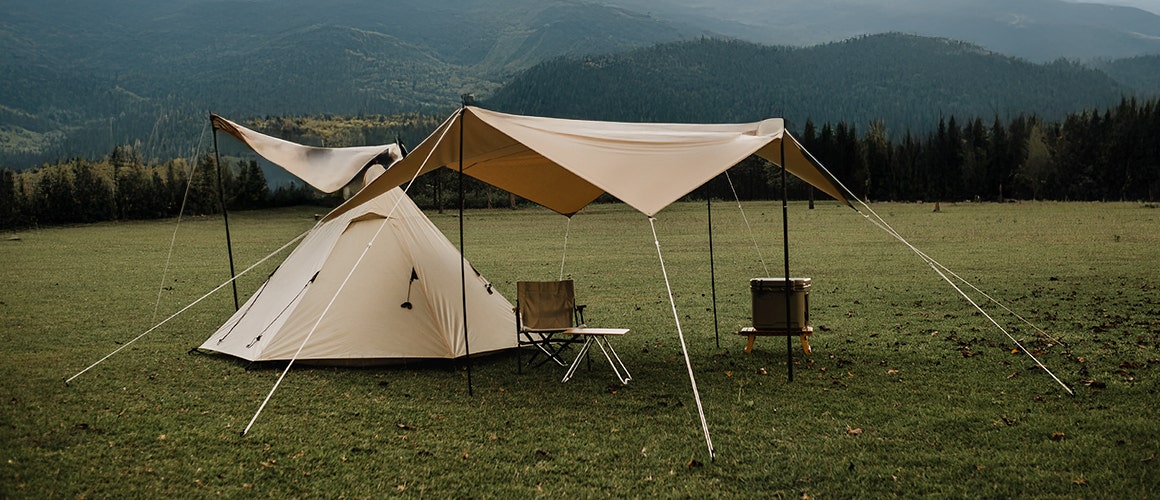
FAQs: Camping Tarps for Fall Trips
Q1. What is the best tarp size for solo camping?
A1. A 6×8 ft tarp is lightweight and ideal for solo hikers, providing sufficient coverage for a sleeping bag and gear.
Q2. Are tarps better than tents for fall camping?
A2. Tarps are more versatile, lightweight, and cost-effective, but tents offer more protection from insects and cold weather.
Q3. How do I ensure my tarp stays secure during windy conditions?
A3. Use sturdy stakes, ropes, and guy lines to anchor the tarp. Reinforce grommet points with duct tape if needed.
Q4. Can I use a tarp as a ground cover?
A4. Yes, ground tarps protect your sleeping area from moisture and dirt, enhancing comfort.
Q5. What is the difference between a lightweight tarp and an ultralight tarp?
A5. An ultralight tarp is designed for minimal weight and is often made of advanced materials like silnylon, whereas lightweight tarps balance durability with portability.
Q6. Can I customize tarps for specific needs?
A6. Absolutely! Custom tents and tarps allow for tailored dimensions and designs to suit your camping preferences.
Q7. Are waterproof tarps reusable?
A7. Yes, waterproof tarps are durable and can be reused multiple times with proper care.
Writer’s Note
Fall camping is an adventure worth embracing, and the right gear can make all the difference. Camping tarps and shelters provide unparalleled versatility, whether you need a lightweight shelter for backpacking or a robust solution for group camping. From protecting your gear against the elements to serving as cooking areas or communal spaces, tarps are indispensable for any outdoor trip.
Investing in the best camping tarp not only enhances your experience but also ensures you’re prepared for anything nature throws your way. Explore your options for custom tents and tarps to energize your next fall camping adventure!
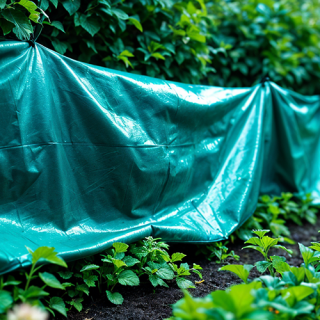
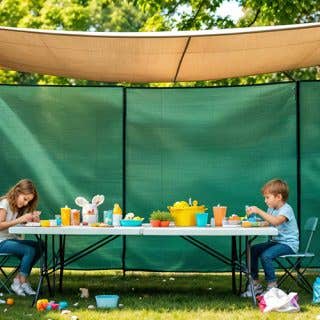

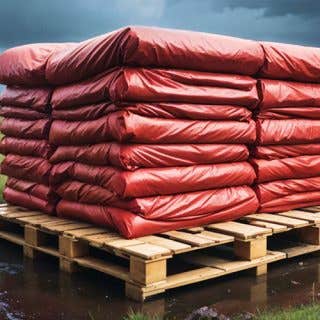



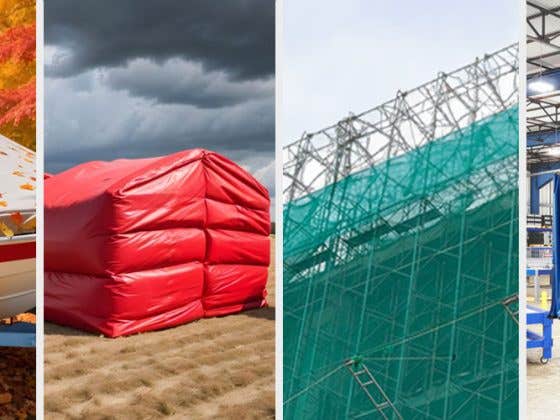
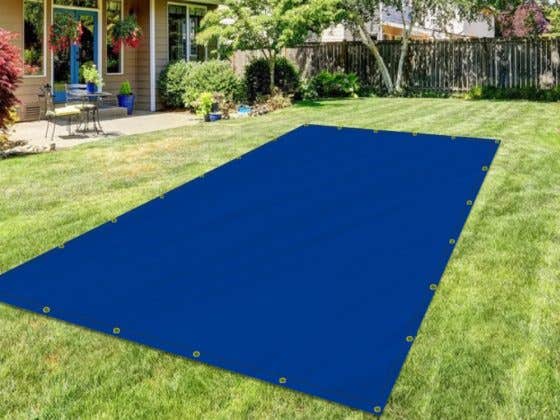

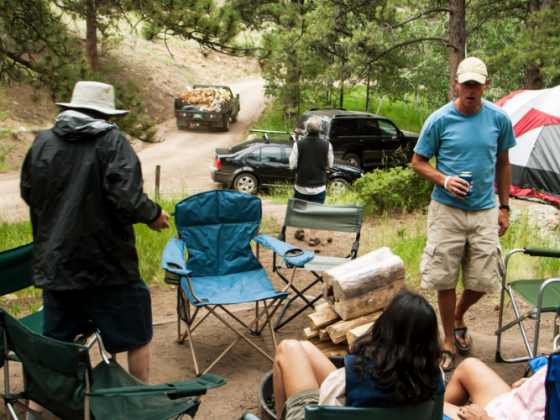
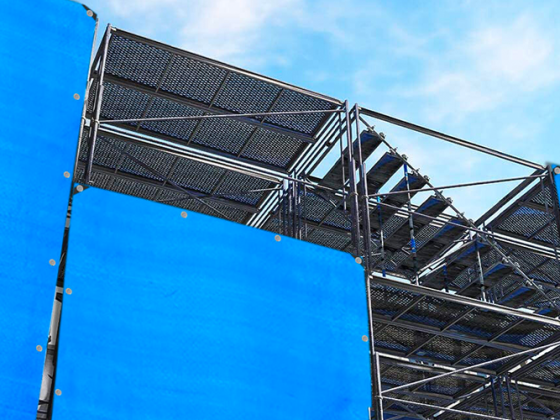
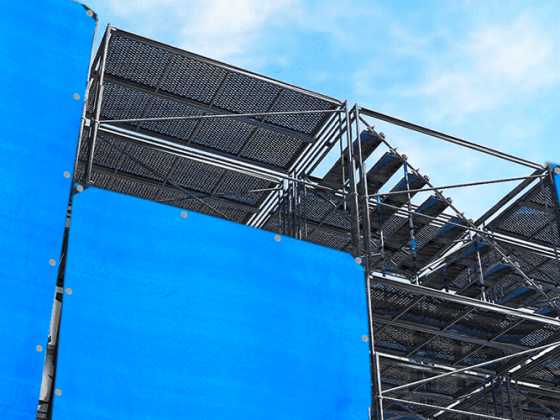
Recent Comments